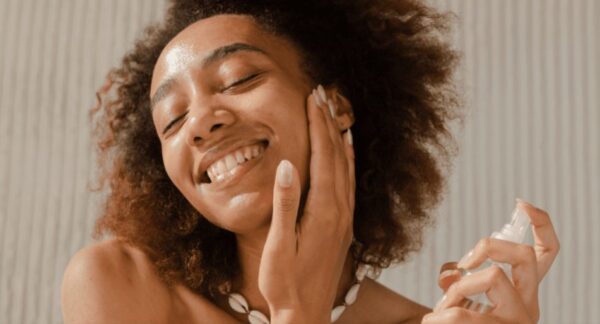The needs of your skin in your 20s are not the same as those in your 30s.Your 20s are about setting a strong foundation, while your 30s demand refinement and repair.
The biggest mistake I see? Chasing trends rather than listening to what your skin is telling you.
At every stage, being consistent matters more than having a complicated multi-step routine.
A handful of the right products that suit your skin’s current needs, along with a healthy lifestyle and expert advice, will work much better than a shelf full of random, impulsive buys.
Your 20s: Prevention over correction
What your skin needs in your 20s:
Build healthy habits:
Hydration and barrier support:
A lightweight moisturiser that supports the skin barrier is essential. Choose ingredients like hyaluronic acid, glycerin, or ceramides to maintain hydration without clogging pores.
Minimal active use:
Avoid overloading your skin with too many actives. You don’t need a complicated 10-step routine. A gentle cleanser, moisturiser, SPF, and perhaps a weekly exfoliant or antioxidant serum (like vitamin C) is sufficient.
Sun Protection is non-negotiable:
If there’s one product I wish every 20 year old would commit to, it’s sunscreen. Daily SPF — even indoors or on cloudy days — is the most effective anti-ageing product. UVA rays accelerate ageing and hyperpigmentation, often showing up years later.
Your 30s: From prevention to correction
By the time you reach your 30s, subtle changes begin to set in. Collagen production slows down, skin cell turnover becomes sluggish, and early signs of ageing — such as fine lines, uneven tone, and dullness — may appear. You may also notice pigmentation, melasma, or hormonal changes, especially postpartum.
What your skin needs in your 30s:
Targeted actives:
This is the time to introduce active ingredients more intentionally. Retinoids (retinol or retinaldehyde) can help with cell turnover and collagen stimulation. Antioxidants like vitamin C continue to play a role in preventing oxidative stress, while niacinamide can assist in strengthening the skin barrier and improving tone.
Professional treatments:
Heavier focus on repair:
Nighttime skincare should be restorative. Incorporate richer moisturisers or facial oils, especially if skin feels drier or lacks radiance. Don’t forget the under eyes and the neck — it’s often the first to show fatigue and ageing.
Hormonal awareness:
Conditions like adult-onset acne or melasma often appear in your 30s. A physician led approach is essential. Random trial-and-error with skincare can worsen conditions.Remember, ageing is not something to fear – it’s natural, and with the right care, your skin can look its best at every age. And understanding these subtle yet significant shifts is the key to maintaining healthy, radiant skin over time.
